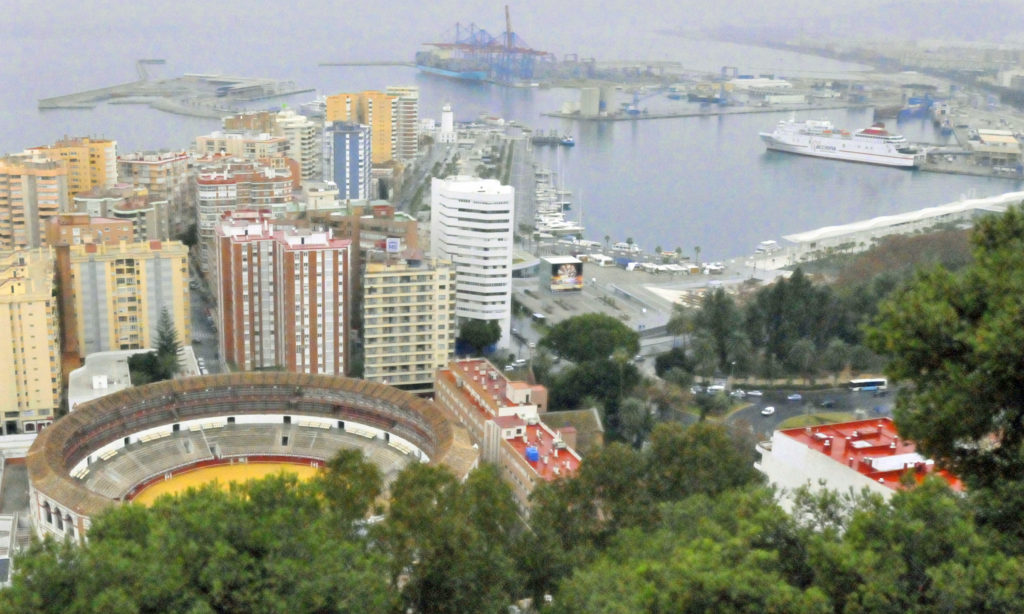
Málaga, located on southern Spain’s Costa del Sol (Sun Coast), is one of the world’s oldest continuously inhabited cities. It has become one of Europe’s most popular resort cities.
In 770 B.C. (perhaps much earlier), Phoenician traders founded Malaka at the base of Mount Gibralfaro, a hill overlooking a natural harbor on the Mediterranean Sea about 60 miles east of the Strait of Gibraltar. The village grew and prospered from the mass production of sea salt and a coveted purple dye, said to have been worth more than gold, derived from a snail found in nearby waters. With the decline of the Phoenicians, the city came under the control of the Carthaginians and then the Romans. With the collapse of the Western Roman Empire, the city fell to the Visigoths, who lost it to Muslim invaders from North Africa in 711 A.D. Under Islamic control, the city became the most important port in southern Spain, known as the “terrestrial paradise.” Ferdinand and Isabella, the “Christian Kings,” captured the city in 1587 and sold most of its Muslim inhabitants into slavery.
Today, Málaga, with a population of about 580,000, is the warmest large city in Europe, attracting more than one million overnight visitors each year. Among the attractions, in addition to the Mediterranean climate, are 28 museums, including one devoted to the works of Pablo Picasso, who was born in Málaga in 1881. The restored Alcazaba, the home of Muslim rulers of the city beginning in the eighth century, lies atop Mount Gibralfaro and provides a view of Africa on a clear day. The Málaga Cathedral, begun in 1528 on the site of a mosque and still not finished, contains a famous (and gruesome) painting of the beheading of St. Paul in Rome. Málaga also features 13 bullrings, the largest and oldest accommodating 14,000 spectators.
Comments are closed.